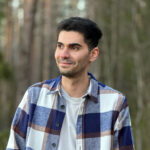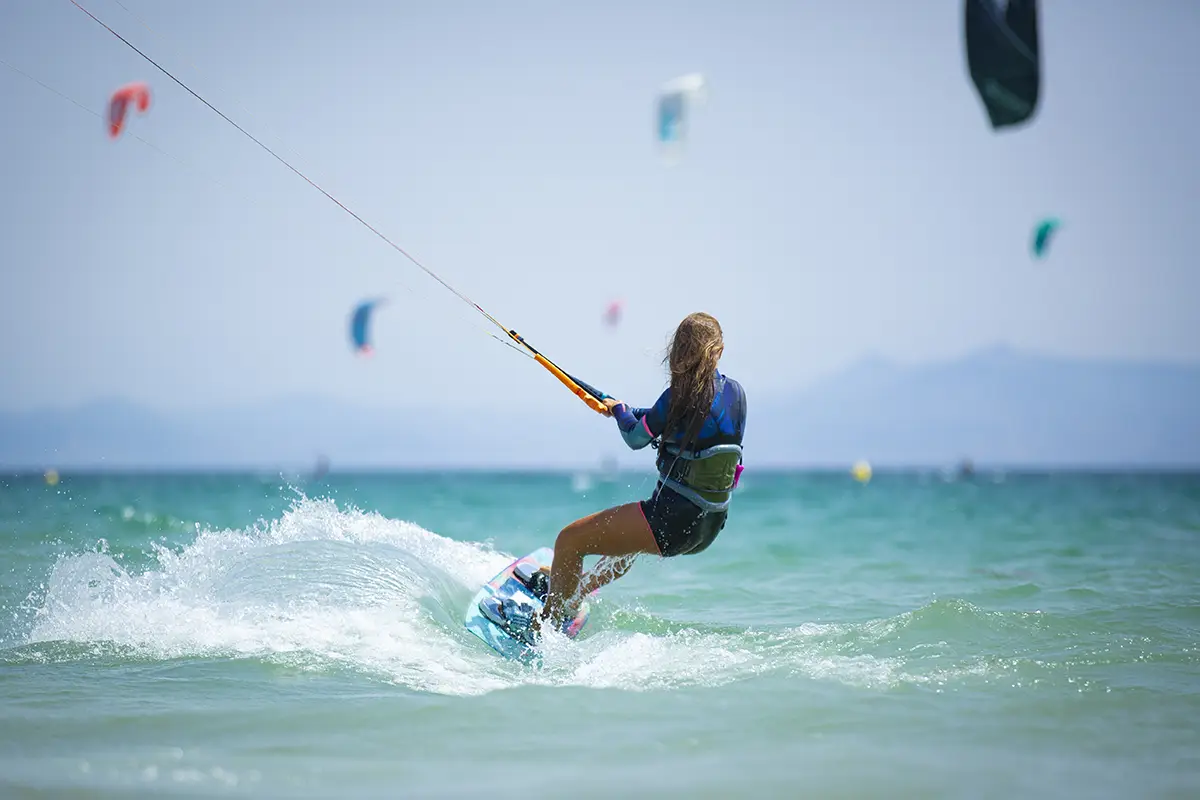Photography is an art as intricate as it is rewarding. It can capture a moment, tell a story, and inspire emotions. A crucial component to master in this art form is the selection of the optimal shutter speed. With the best shutter speed (also referred to as exposure time), you can manipulate the amount of light that enters the camera, significantly impacting the final image.
It is a crucial decision that can elevate a simple image into a piece of art. However, selecting the right shutter speed is not as simple as it might seem. It needs a clear understanding of the subject, lighting conditions, and the desired effect. In this guide, I will delve into the nuances of shutter speed, guiding you in choosing the best one for your specific photographic needs. We will explore the impact of shutter speed on images, steps to determine the right one, expert tips, common mistakes to avoid, and address some frequently asked questions. Join me on this enlightening journey as we explore the depths of shutter speed, empowering you with a comprehensive understanding of harnessing its potential for crafting breathtaking photographs.
5 Essential Tips for Sutter Speed
- Follow the ‘Reciprocal Rule’ to avoid blur from camera shake when shooting handheld.
- Experiment with different shutter speeds to understand their impact on your images.
- Use a tripod when shooting at slow shutter speeds to ensure sharpness in your images.
- Remember to consider the relationship between shutter speed, ISO, and aperture as part of the exposure triangle.
- Regularly review your images to adjust shutter speed as necessary based on lighting conditions and motion of your subject.
Understanding and mastering the concept of shutter speed is akin to learning the grammar of the visual language that is photography. Just as grammar provides structure to language, shutter speed shapes the light and motion in an image, giving it depth and meaning. It allows photographers to control the exposure time and the motion portrayal, offering various creative possibilities. Whether you want to freeze a fast-paced action or convey a sense of speed and movement, the choice of shutter speed can make all the difference.
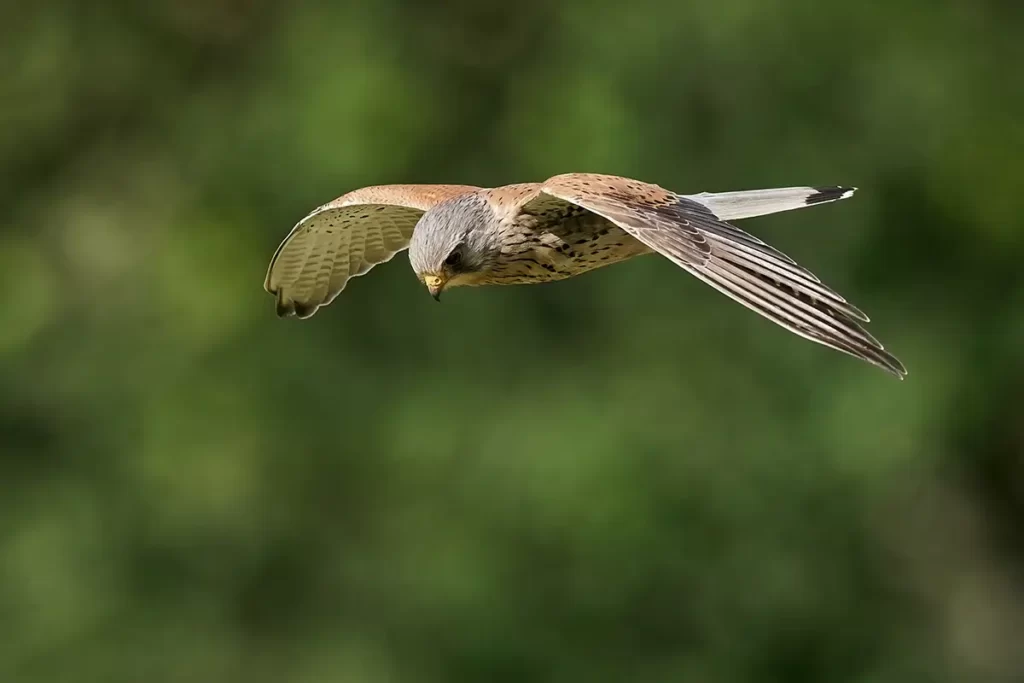
Understanding Shutter Speed
In its simplest form, the camera’s shutter can be compared to a curtain in front of the sensor that stays closed until the camera fires. When the camera fires, this curtain opens and closes for a predetermined duration, exposing the sensor to light. This duration is what we refer to as ‘shutter speed’ or ‘shutter velocity.’ It is usually measured in fractions of a second, such as 1/2000th, 1/500th, 1/60th, and so forth.
A critical thing to understand about shutter speed is its reciprocal nature.
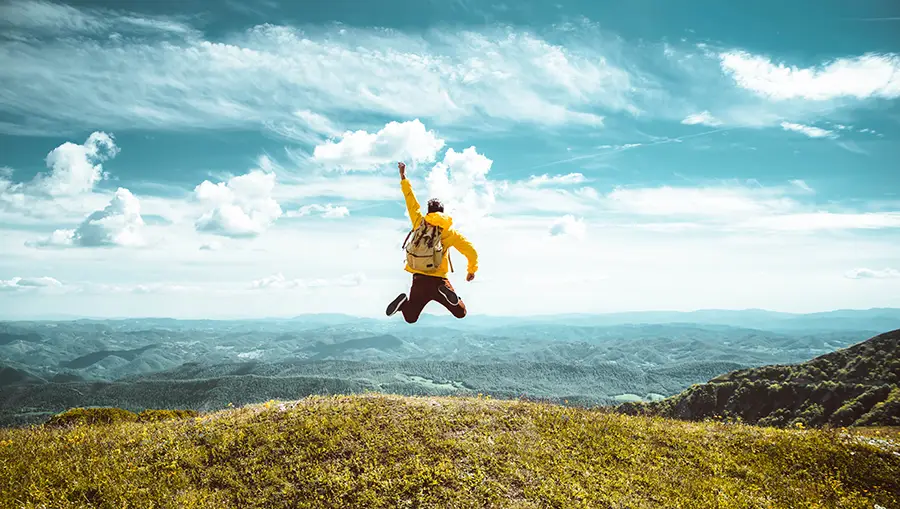
As the denominator of the shutter speed fraction increases, less light enters the sensor. So, a shutter speed of 1/2000th of a second allows less light to enter the camera than a speed of 1/500th. It might initially seem counter-intuitive, but it will become second nature once you grasp this concept.
Cameras with manual control often provide a wide range of shutter speeds, offering versatility and flexibility in capturing your desired shots. This range typically extends from very fast speeds (like 1/4000th of a second) to slow ones (such as 30 seconds). In a remarkable feature, some cameras offer a ‘Bulb’ mode that keeps the shutter open as long as the button is pressed, enabling captivating long-exposure shots to be captured.
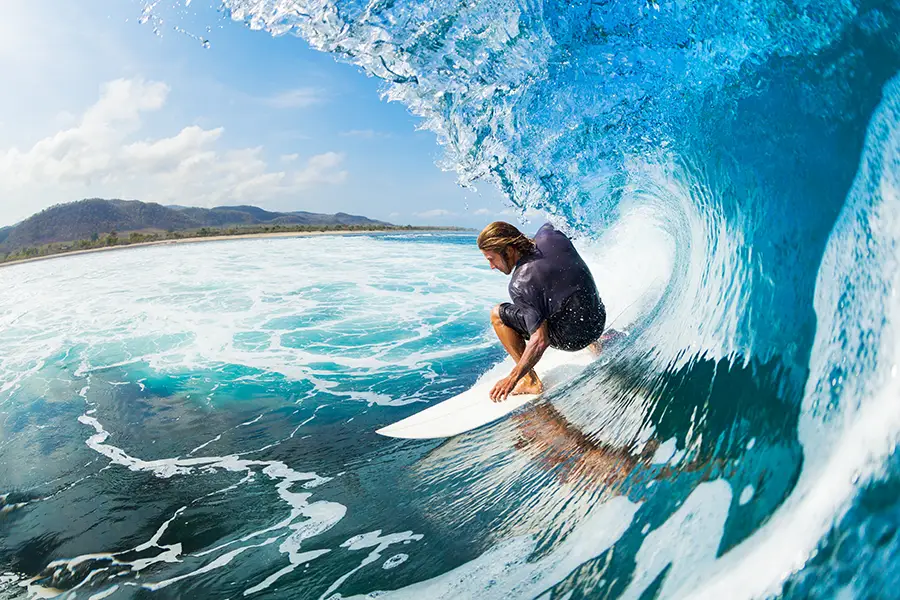
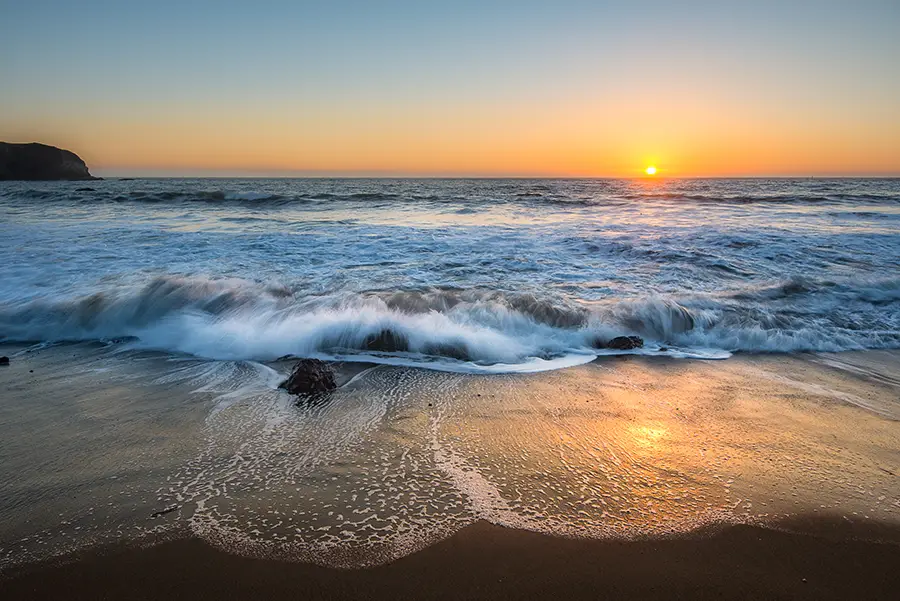
How Shutter Speed Impacts on Images
Motion Freeze or Blur
Choosing a right shutter speed can dramatically alter the representation of motion in your photographs. When using a fast shutter speed such as 1/1000 or 1/1250th of a second, motion is effectively frozen, resulting in a sharp and still image. This is particularly useful when photographing fast-moving subjects like sports events, children playing, or birds in flight.
Conversely, a slower shutter speed, like 1/30th of a second or slower, will render moving subjects a blur. This motion blur can be used creatively to convey a sense of movement, speed, or the passing of time. This technique can be seen in photographs of flowing water, where the water appears smooth and silky, or in night-time cityscapes with trails of moving car lights.
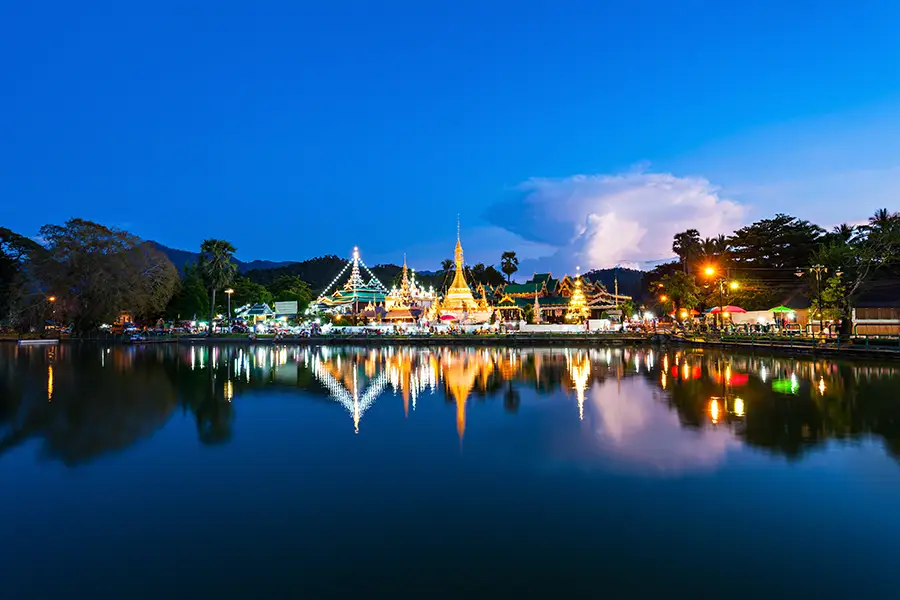
Shutter Speed’s Impact on Exposure
The shutter speed also plays a critical role in determining the brightness or exposure of your photograph. Using a slower shutter speed allows more light to reach the camera sensor, leading to a brighter image. This can be useful in low-light situations, such as during twilight or indoors, where additional light is needed to create a well-exposed photograph.
By choosing a fast shutter speed, you can limit the light entering the camera, ensuring your photograph is well-exposed. Conversely, a faster shutter speed lets in less light, creating a darker image. This is helpful in brightly lit conditions, like on a sunny day, where too much light can result in an overexposed, washed-out image.
Remember, the shutter velocity selection should be a deliberate decision based on your desired photographic situation and creative outcome. As a photographer, shutter speed is one of your most powerful tools for conveying and expressing your artistic vision.
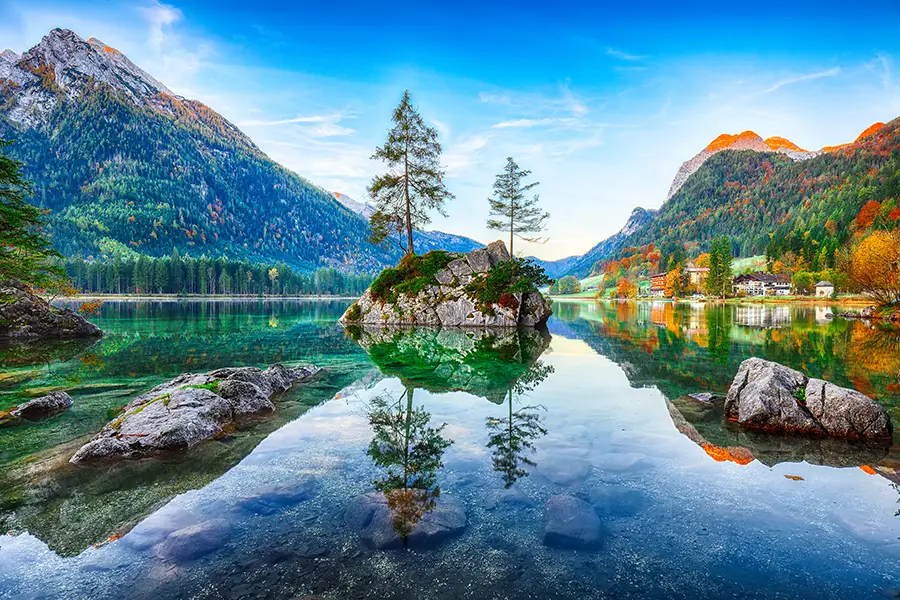
Steps to Determine the Best Shutter Speed
Identify Your Subject
Understanding the nature of your subject is the first step in determining the appropriate shutter speed. A standard shutter speed (anywhere from 1/60th to 1/250th of a second) should suffice if your subject is stationary, like a landscape or a portrait. However, a faster shutter speed may be required to freeze the action if your subject is in motion.
For moving subjects, consider the direction and speed of the movement. A bird flying across your frame may require a faster shutter speed than someone walking. Also, consider if you want to freeze the motion or convey movement. A slower shutter speed can create a motion blur effect, which can be used creatively to show speed or the passage of time.
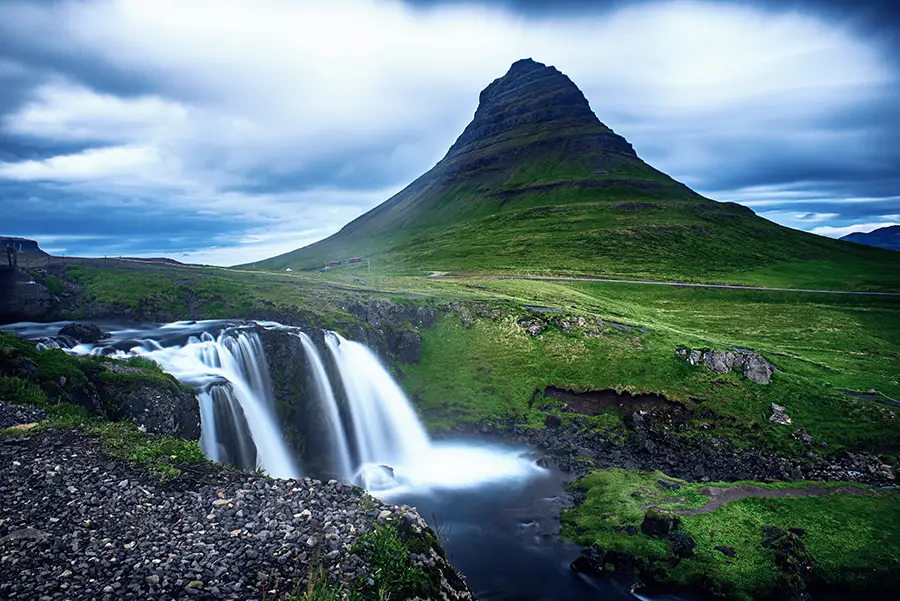
Assess the Lighting Condition With Shutter Speed
Available light plays a vital role in determining the optimal shutter speed. In low-light conditions, you might need a slower shutter speed to allow enough light to reach the sensor for a well-exposed image. However, be wary of camera shake and motion blur when using slower shutter speeds. To ensure a sharp image, you may need to use a tripod or raise your camera’s ISO settings.
On the other hand, in bright conditions, a faster shutter speed limits light and prevents overexposure. Be careful not to set it too high, which could result in an underexposed, overly dark image.
Experiment and Review
Don’t be afraid to experiment with various shutter speeds and review the results. Digital photography allows for immediate feedback, so make use of this advantage. Try taking the same photo at different shutter speeds and compare the results. Understanding how changes in shutter speed affects your images will give you a better intuitive grasp of this essential camera setting.
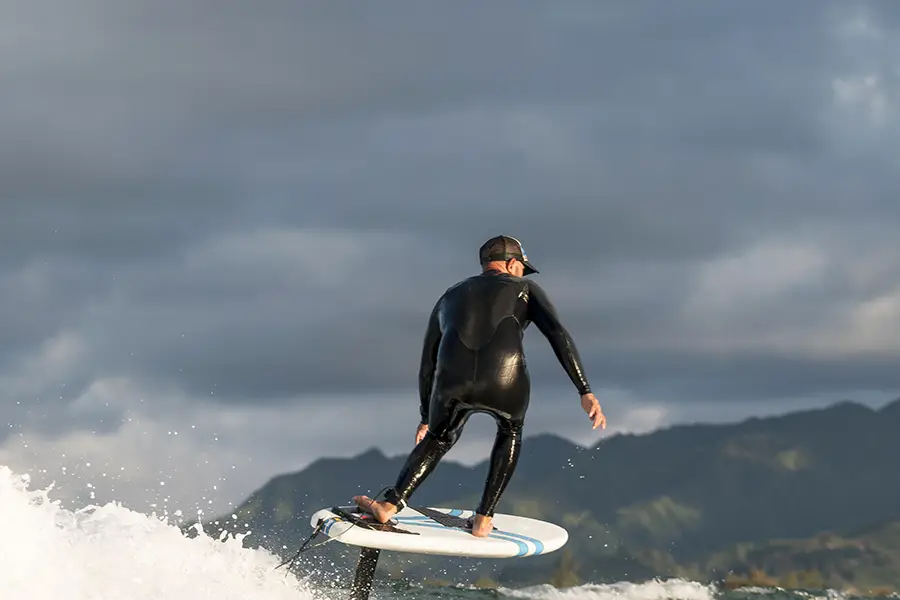
The Best Shutter Speed range for Various Types of Photography
| Type of Photography | Ideal Shutter Speed | Example |
|---|---|---|
| Sports Photography | 1/500 – 1/4000 sec | To freeze a soccer player in mid-air during a kick, use 1/1000 sec. |
| Wildlife Photography | 1/500 – 1/2000 sec | To capture a bird in flight, 1/1000 sec could be used. |
| Portrait Photography | 1/60 – 1/200 sec | For a well-lit portrait, you might use 1/125 sec. |
| Landscape Photography | 1/30 – 1/200 sec | To capture a still landscape, 1/60 sec can be used. |
| Night Photography | 1 – 30 sec (or longer) | For a cityscape with light trails, 15 sec could be used. |
| Street Photography | 1/125 – 1/500 sec | To freeze the bustling activity of a city street, 1/250 sec might be used. |
| Action Photography | 1/500 – 1/4000 sec | To freeze a skateboarder in mid-jump, 1/2000 sec. |
| Astrophotography | 15 – 30 sec (or longer) | To capture stars without trails, 25 sec, depending on focal length. |

Expert Tips on Shutter Speed
Use a Tripod for Slow Shutter Speeds
Camera shaking can become a noticeable issue when using slower shutter speeds, resulting in blurred images. To counteract this, use a tripod. A tripod provides the stability needed to maintain sharpness in your images, even at slow shutter speeds. Consider using a remote shutter release or your camera’s timer function to avoid movement when pressing the shutter button for long exposure shots.
Employ Shutter Priority Mode
If you’re new to manual settings or require quick adjustments, consider using your camera’s Shutter Priority mode (usually denoted as ‘S’ or ‘Tv’).
In this mode, you have the freedom to manually set your preferred shutter speed, allowing the camera to automatically adjust the aperture (and sometimes ISO) to achieve the correct exposure. This can be a helpful tool when learning about shutter speeds and their effects or when the motion of your subject is the most critical factor.
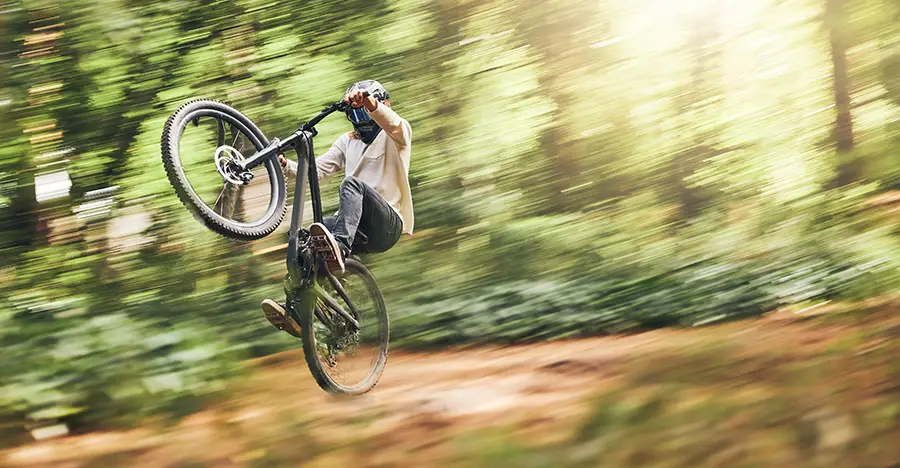
Master Panning
Panning is a photography technique that combines a relatively slow shutter speed with lateral camera movement to keep a moving subject sharp while blurring the background. This technique can create a strong sense of motion and speed. Panning takes some practice to master, but once you do, it’s a fantastic tool to have in your photography skill set.
Understand the Reciprocal Rule
The reciprocal rule is a helpful guideline to avoid blur from camera shakes when shooting handheld. It suggests that your shutter speed should be at least the reciprocal of your lens’s focal length. For instance, if you’re shooting with a 50mm lens, your shutter speed should be 1/50th of a second or faster. Absolutely, it is important to remember that this guideline serves as a general recommendation, and adjustments may be required based on individual shooting conditions.
Common Mistakes to Avoid
Ignoring the ‘Reciprocal Rule
One common mistake many new photographers make is neglecting the ‘reciprocal rule.’ As a guideline, it is recommended to set your shutter speed to be at least the reciprocal of your lens’s focal length to minimize the risk of blur caused by camera shake. For instance, if you’re shooting with a 50mm lens, your shutter speed should be 1/50th of a second or faster. Disregarding this rule can result in an unintentional blur in your images when shooting handheld.
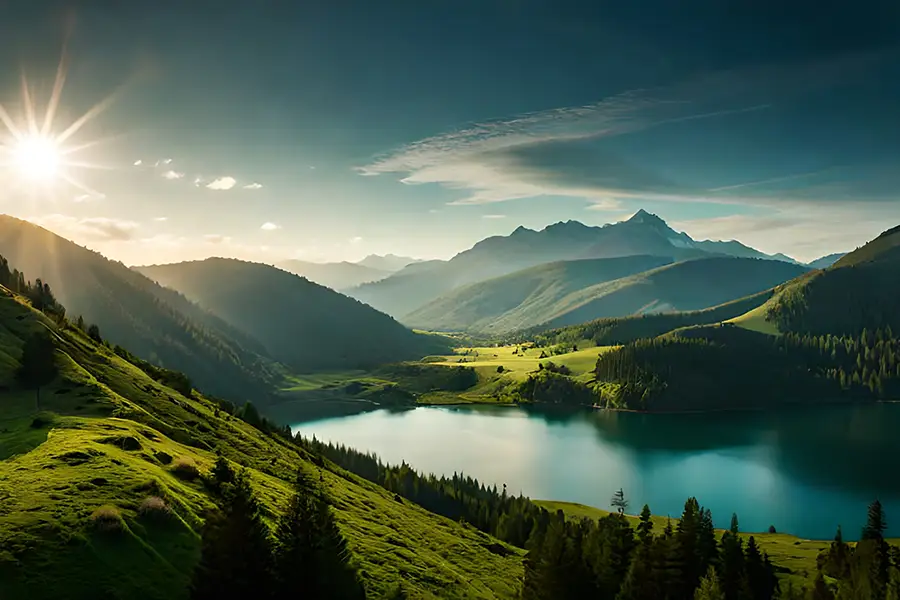
Overlooking the Impact of ISO and Aperture
Shutter speed doesn’t work in isolation – it’s part of the exposure triangle, including ISO and aperture. Changing one element of this triangle can impact the others. For example, a faster shutter speed can darken your image, but increasing the ISO or opening the aperture can compensate for this change. Understanding the relationship between these three settings is crucial for creating well-exposed images.
Forgetting to Review Images
In the digital age, photographers can review images immediately after they’re taken. However, some photographers get so caught up in shooting that they forget to review their images. Regularly checking your images can help you spot any exposure or motion issues early on, allowing you to adjust your shutter speed accordingly.
Not Experimenting Enough
Many photographers, especially beginners, stick to safe, tried-and-true shutter speeds. However, photography is an art form; part of the artistic process is experimentation. Don’t be afraid to try different shutter speeds and see how they impact your images. You might discover a new approach that elevates your photography to the next level.
Conclusion
Mastering the art of selecting the best shutter speed is a crucial step in your journey as a photographer. It’s an essential tool that can dramatically influence your images’ exposure and motion portrayal, enabling you to express your creative vision effectively. Remember, though, while technical mastery is important, the true essence of photography lies in your ability to tell stories and evoke emotions through your images.
As you continue your photographic journey, don’t be afraid to break the rules and experiment. Every image you capture brings you one step closer to understanding the intricacies of shutter speed and its impact on your work. Use the knowledge and tips shared in this article as a starting point, but never stop exploring and learning. The world of photography is vast and endlessly fascinating. Happy shooting, and may your journey be filled with extraordinary images!
FAQs
If you hold the button down, the ‘Bulb’ setting lets you keep the shutter open. This setting is useful for long exposures like star trails or light painting.
For most action shots, it is generally recommended to utilize a shutter speed of 1/500th of a second or faster. However, the optimal speed may vary based on the subject’s speed and the desired visual effect.
When using slow shutter speeds without a tripod, there is a risk of blurred images due to camera shaking. However, image stabilization technology in some cameras and lenses can allow you to shoot handheld at slower speeds.
In the video, shutter speed can control motion blur. As a rule of thumb, setting your shutter speed to twice the frame rate can provide a natural level of motion blur in your shots. For instance, if you’re shooting at 30 frames per second (fps), you might set your shutter speed to 1/60th of a second.

